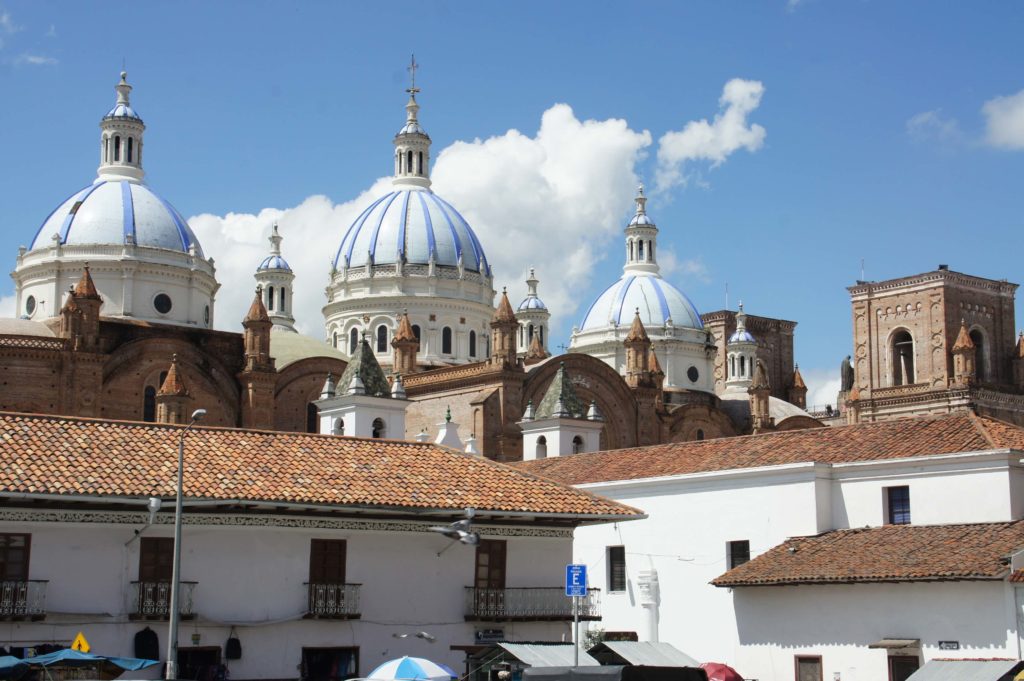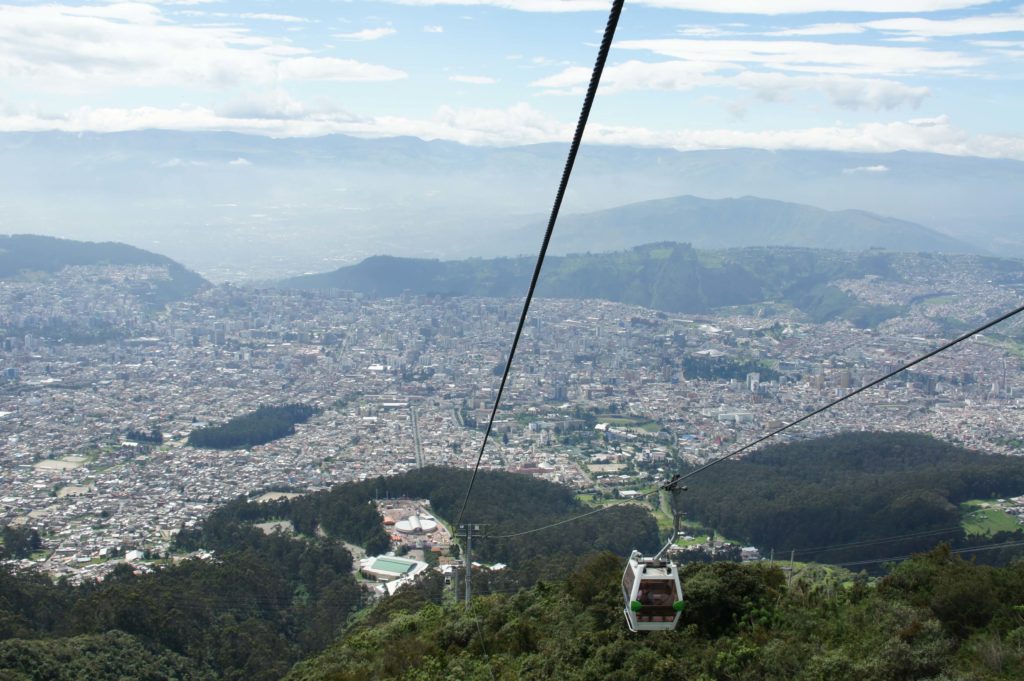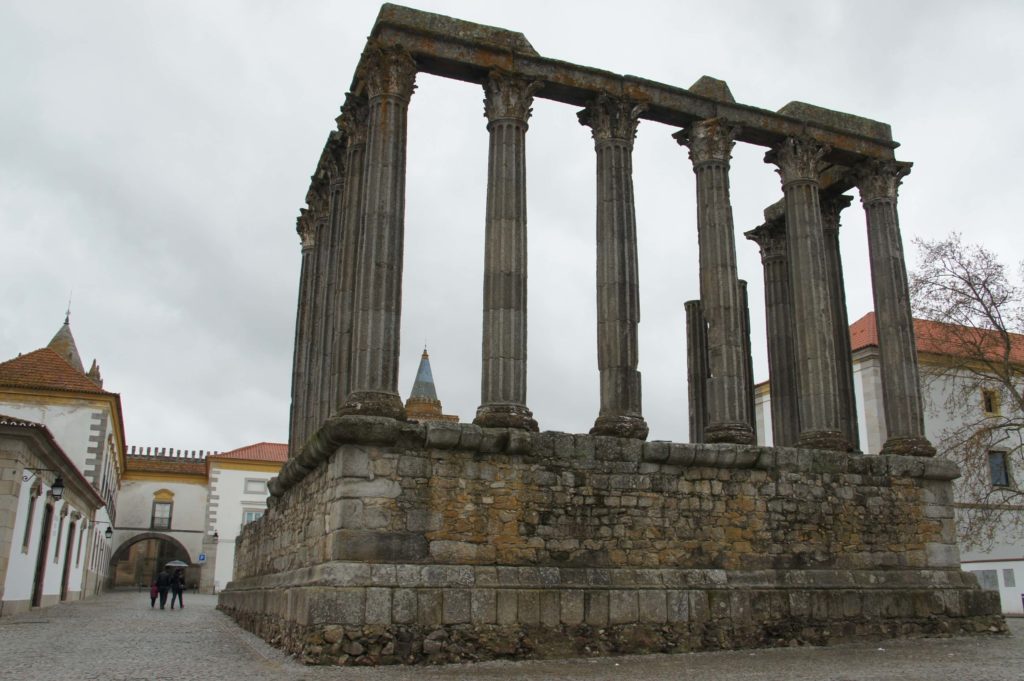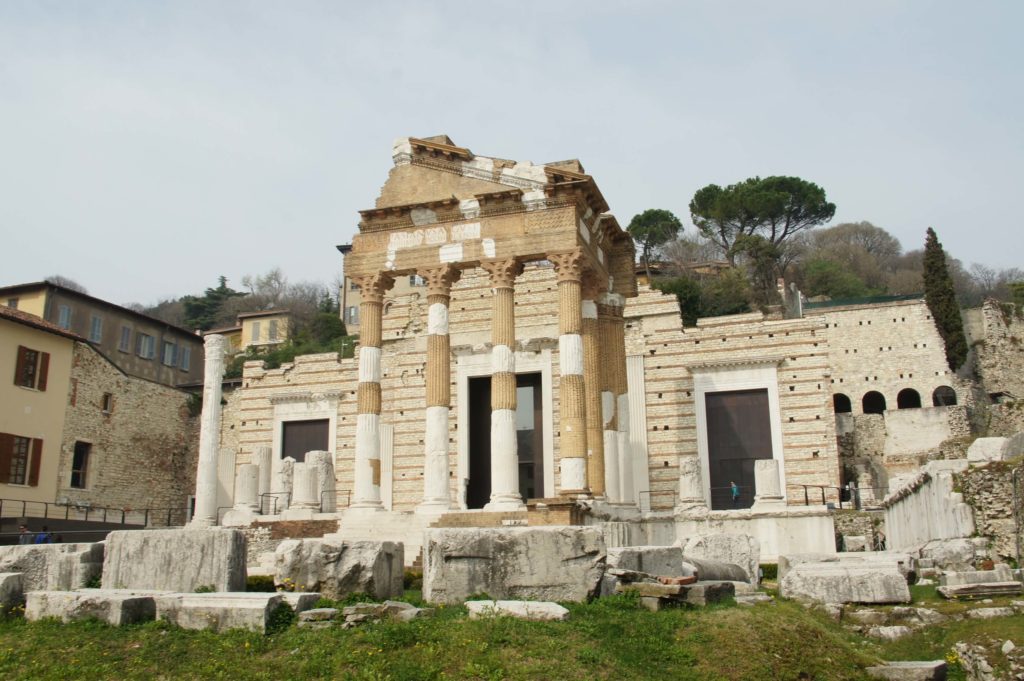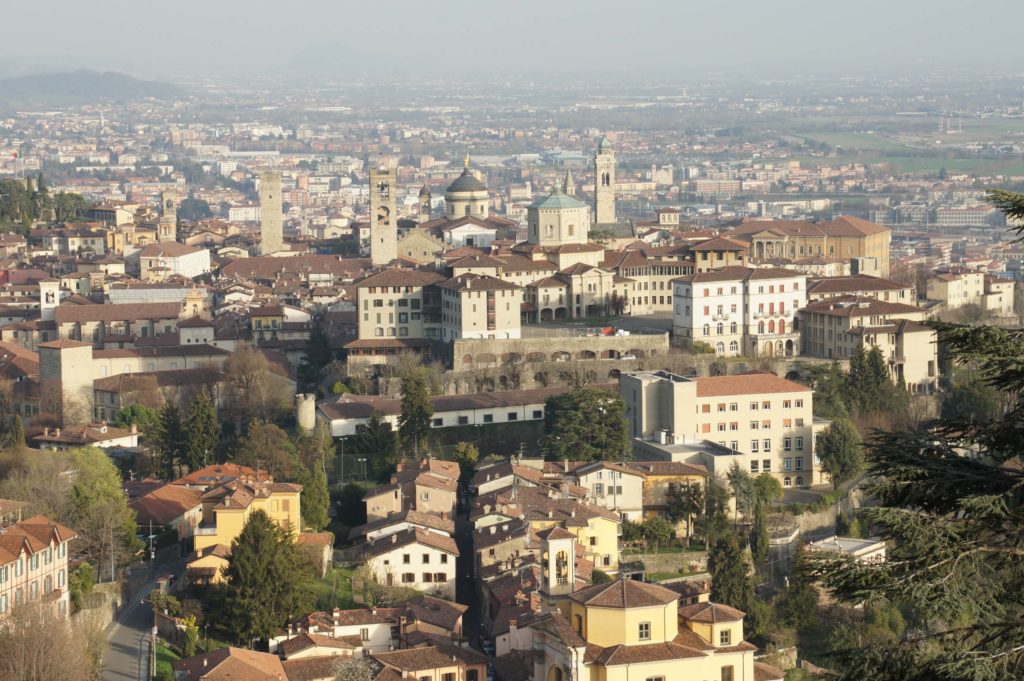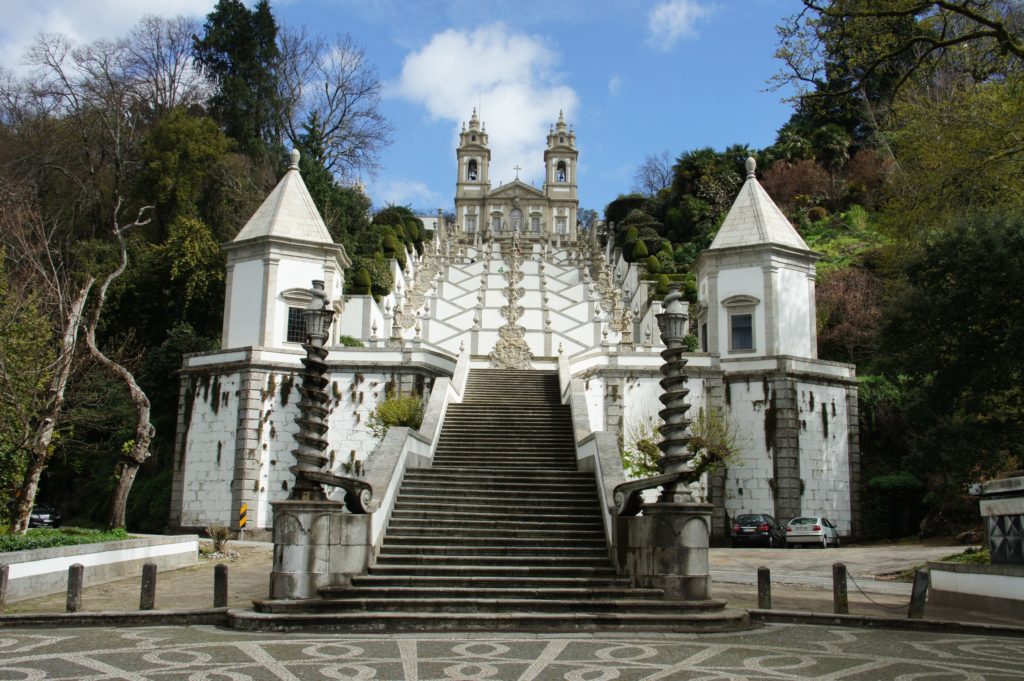Cuenca – Ecuador
The Athens of Ecuador
Cuenca, the most European city in Ecuador is like being transported 400 years back, to the colonial era, or feel as if you were in a city in Spain. Countless historic buildings perfectly preserved since their construction, some of the finest architecture in the country thankfully safeguarded and not destroyed by earthquakes and volcanoes, the general unfortunate fate of most of the original Spanish colonial cities along the “ring of fire”, from Mexico to Chile. With such a huge heritage and history, equal to Quito’s patrimony, it is no surprise this is another of the highlights listed by UNESCO a World Heritage Site; and if that would not be enough, you can deduct it form its nickname: “the Athens of Ecuador”.
This was one of the highlights in our trip through Ecuador, a place no one should ever miss when coming to the country. One of the most beloved gems and most visited city, middle in the highlands of Ecuador at a height of 2500 meters above sea level. A great gateway not only for the history of the city but a great base for visiting a right region where you are never far from the Andes, mountains and volcanoes, pristine nature, natural parks, small traditional villages and some of the finest Inca archaeological remains. But beware don’t be fooled on something as important and as simple as the weather. Fair enough you are within the tropics where people usually believe in great weather, but can lead to confusion. At these higher latitudes and by the Andes all changes. It is only 40 minutes’ flight from Guayaquil where it rarely drops below 30 degrees centigrade, yet here the norm will rarely be over the 20’s mark, however on one of our days here it was raining horrible and was quite cold, and abruptly the following day was scorching hot and sunny all day through. Our last day was a mix of the past two. You never know what’s from one day to another.
Cuenca’s origin, although at over 8000 years of human activity, it can be realistically traced as a settlement to the Cañari people who founded it in around 500 AD under the name of Guapondeleg. The Cañari were defeated by the Incas who built in its place the grand city of Pumapungo, (the door of the Puma), actual site of Cuenca. Its magnificence was said to have rivaled that of the Inca capital of Cusco, and was known as the second capital of the empire. However, just half a century later with the arrival of the Spanish conquerors, they found the city abandoned and lying in ruins. All it was known were the stories told by the Indians about a rich city of wonders, golden palaces and temples, and therefore, considered a possible candidate for the mythical city of gold which the Spanish called El Dorado.
